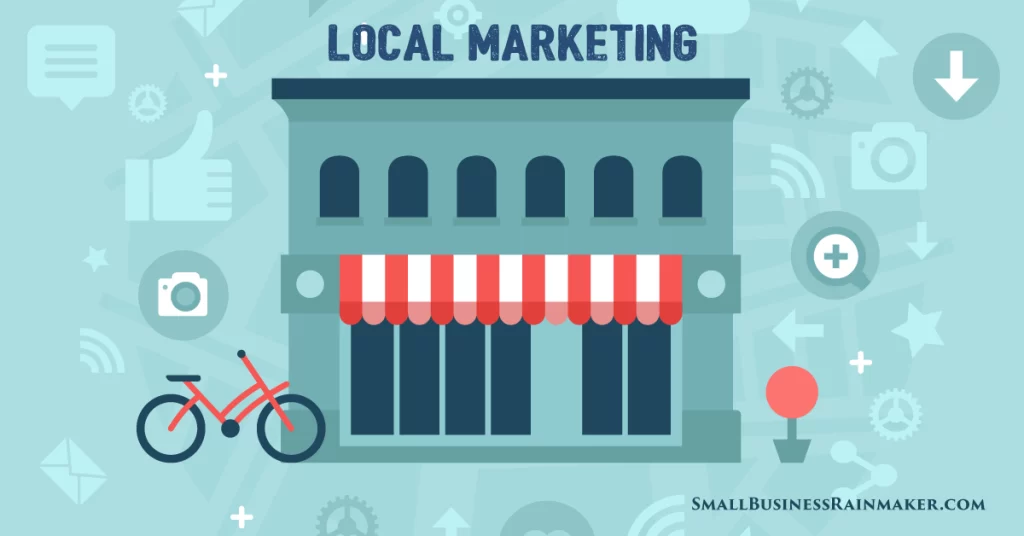Marketing in Business Strategies and Types

Marketing is the activity of making a product or service available to the public, in order to increase its sales. This process involves price decisions and making products available at the right place and time. It also involves converting leads into customers. Some of the methods used for marketing include social media marketing, email marketing, public relations, and advertising.
Relationship marketing
Relationship marketing is an effective strategy to build long-term customer relationships. Its many benefits include improving overall business operations, improving employee satisfaction, and increasing sales volume. It also allows for cross-selling and up-selling, two essential marketing strategies. Customers are most likely to buy from a business that is involved in their lives and understands their needs.
In order to be successful in relationship marketing, companies need to analyze customer data to determine what motivates them to return to a business. Companies often assume that customers return because of the products or services they buy, but this may not be true. They might be returning for another reason, like the availability of a particular product or location.
Transactional marketing
Transactional marketing is a type of marketing strategy that involves making a product and selling it to consumers. This is done through the use of efficient distribution channels and promotion. One example of this is cold-calling, in which sales representatives call people who are not interested in buying a product, and try to convince them to purchase it by making it sound useful or offering incentives.
Relationship marketing, on the other hand, is focused on creating a lasting relationship with customers. Transactional marketing is a short-term strategy focused on making a sale and maximizing profits. Relationship marketing focuses on building long-term relationships with customers and clients.
Growth strategy
There are several types of business strategies. One of them is growth strategy. This type of strategy is very long-term and requires time. The success of growth strategies depends on the amount of time you have to implement and grow. Several books cover growth extensively. One of the best ones is Strategy for Executives, which combines a variety of different frameworks and old ideas.
To plan a growth strategy, start by knowing what your goals are. This way, you can make sure you create a measurable and time-bound goal that will help you meet your business objectives. This will allow you to measure and optimize your activities over time and adjust your growth strategy as you go.
Diversification strategy
Diversification is an important strategy for businesses, as it can help a company grow at a high rate. Growth is what investors want to see, and there are many ways to measure it: sales, productivity, and revenues. In order to achieve a high growth rate, a business should make use of all its resources and material.
Diversification can be beneficial for a business in many ways, including increasing market share, generating more revenue, and clearing the way for different growth strategies. For example, it may help a business to gain access to a new market or develop a new product that will differentiate the business from its competitors. In addition, diversification allows a business to gain a competitive advantage by controlling its supply chain and outpricing its competition. However, diversification requires careful planning and testing.
Loyalty programs
One of the most effective marketing strategies is a loyalty program. This type of program is a great way to reward existing customers and encourage new ones to join. The rewards can be anything from cash to discounts to a core product. Often, the reward tiers are based on customer spending. For example, if a customer spends more than $50 in a month, they may receive a cash reward. A similar strategy is to reward new customers after they make a certain number of referrals.
The best programs connect to the owner’s customer database and are managed to gather useful data about customers. This data is then used to increase sales and improve the customer journey. These data can be used to identify the best customers and prospects, as well as determine the optimal touch cadence for each customer.






